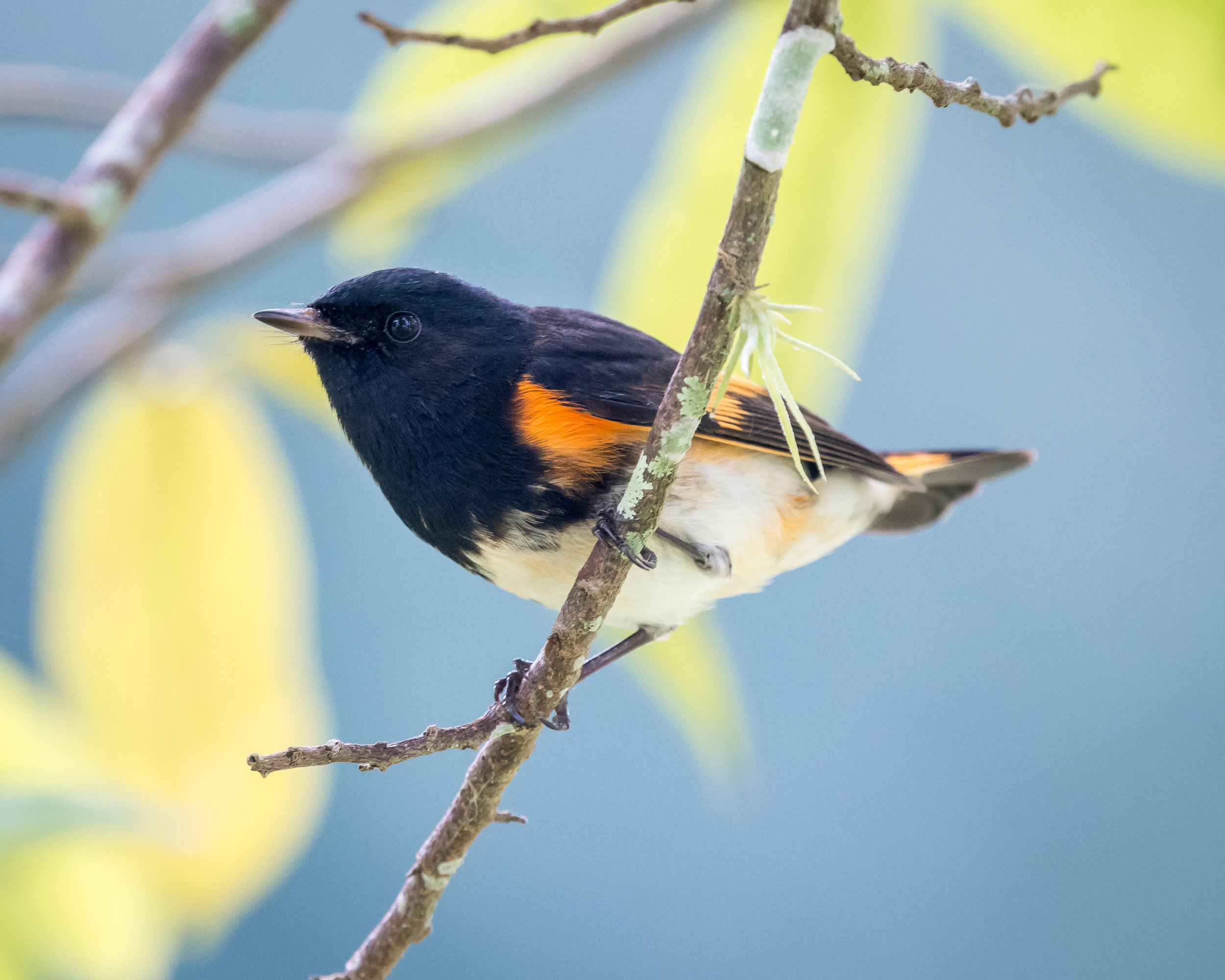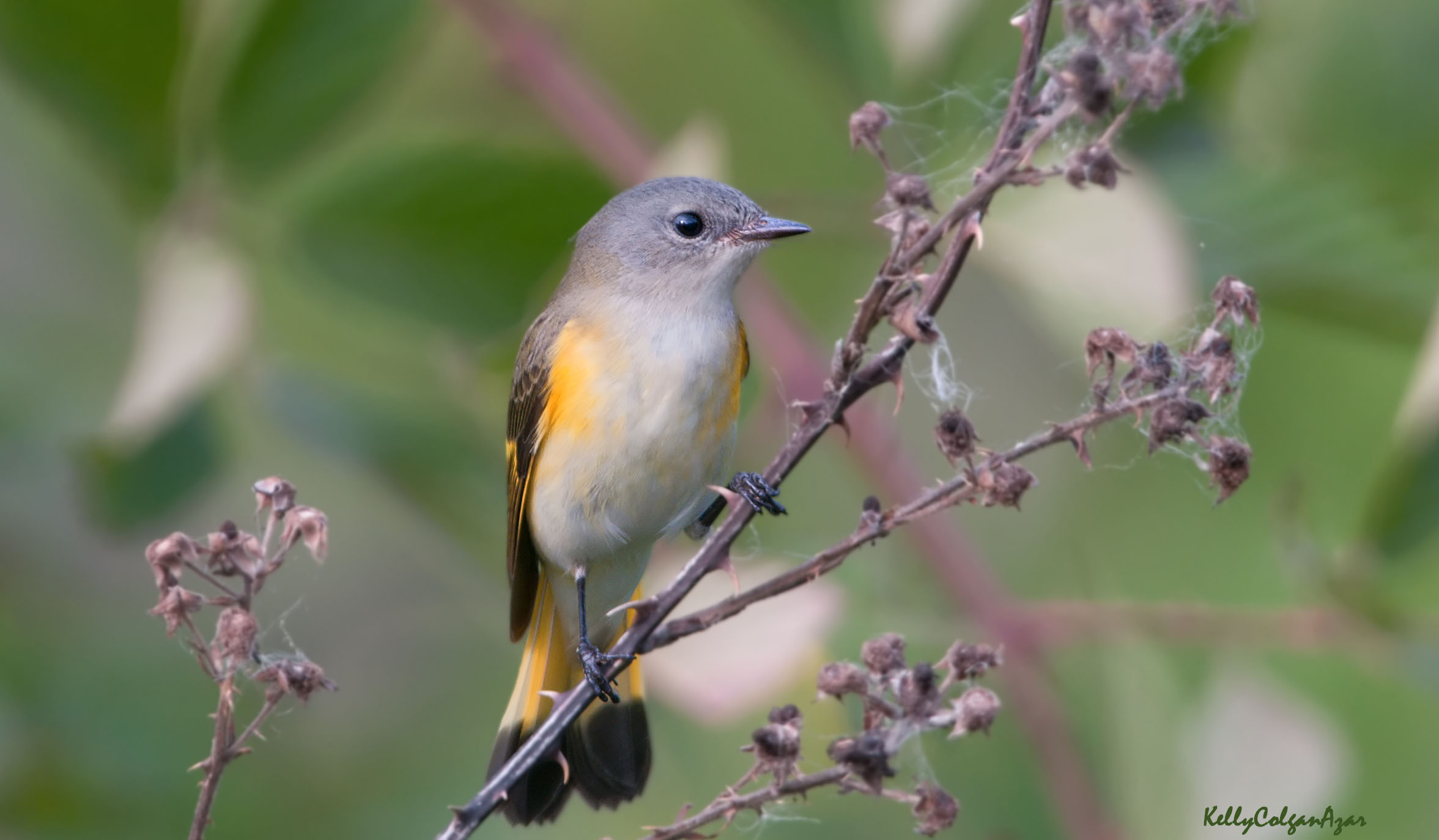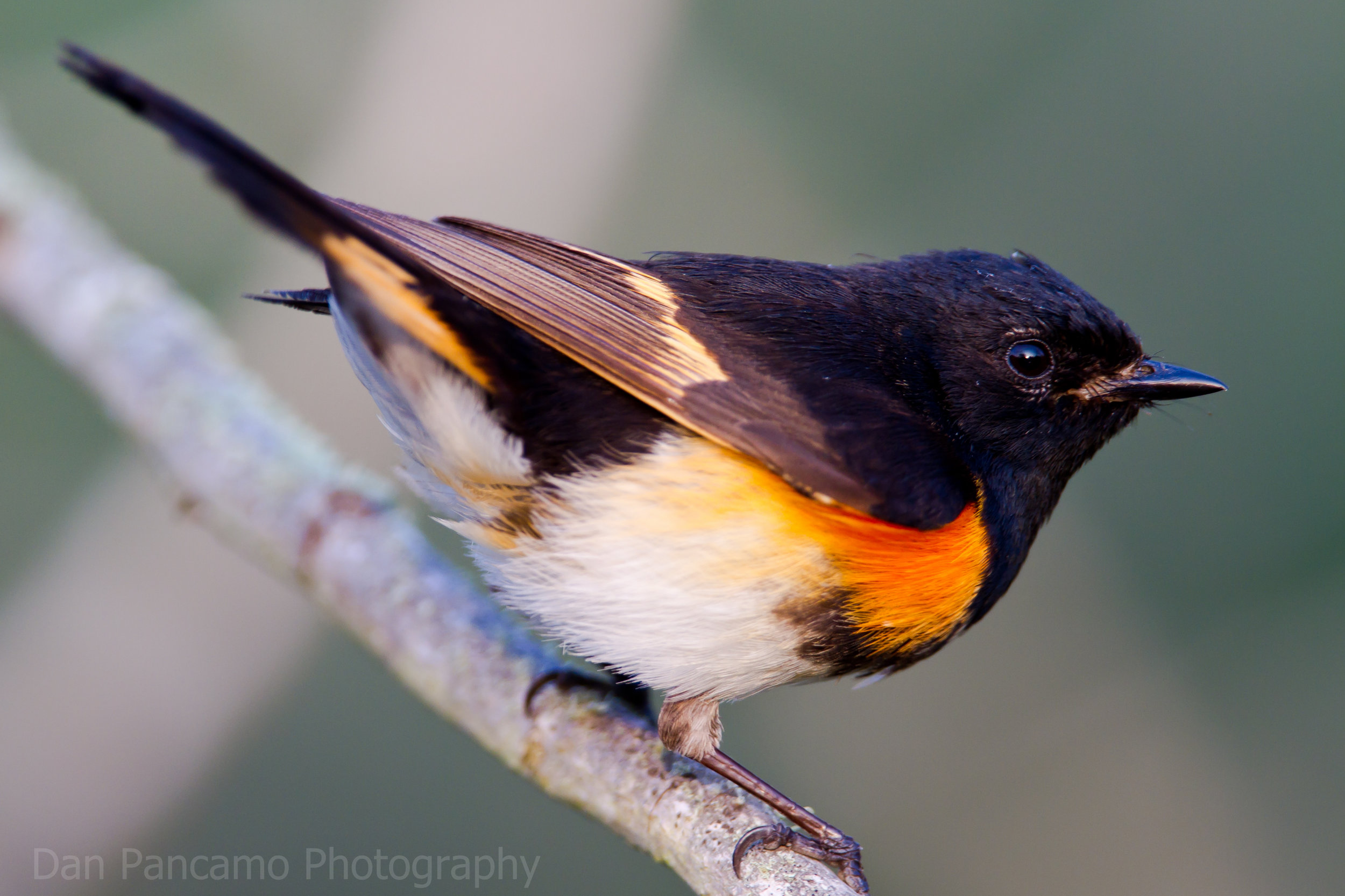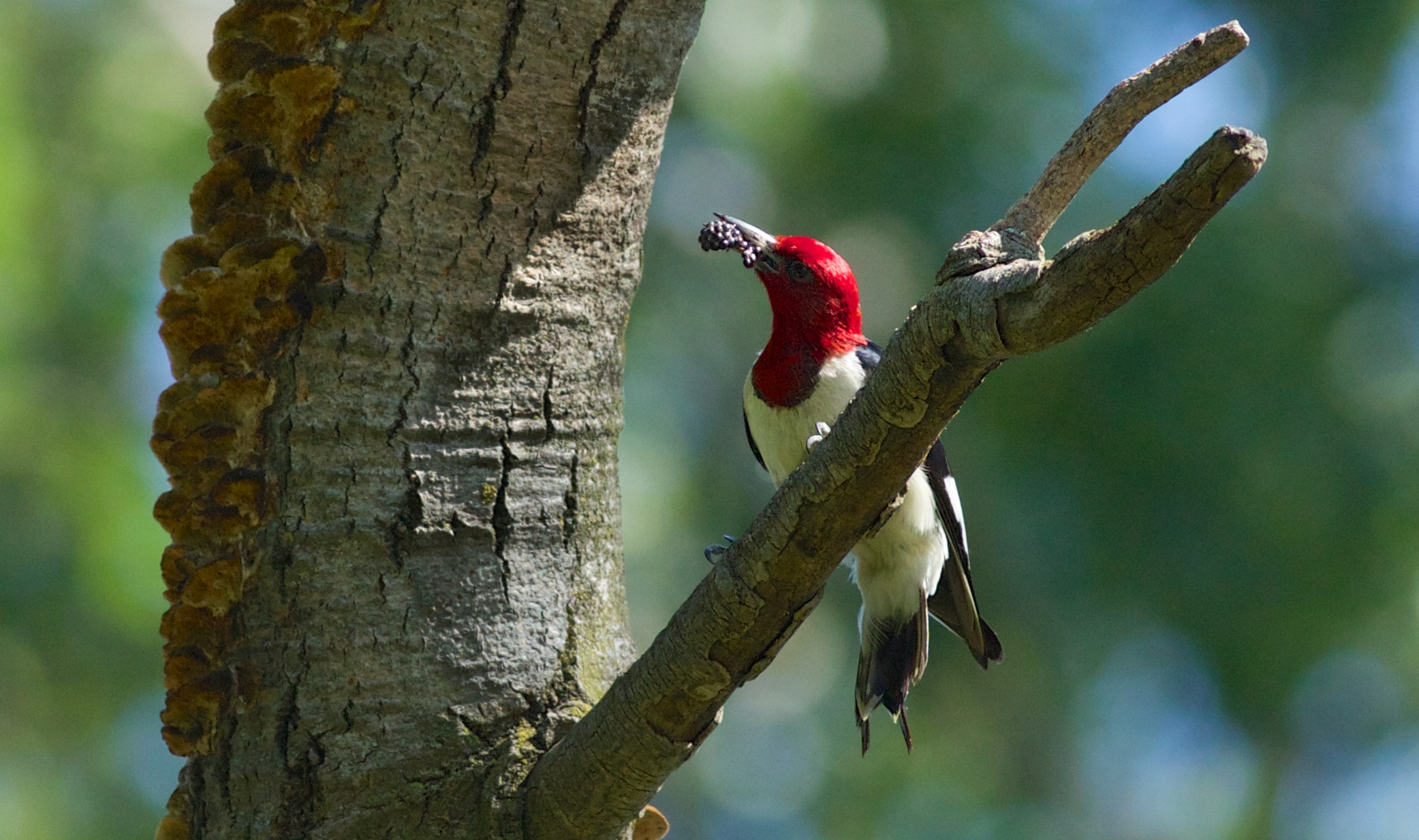The scarlet tanager, ostensibly one of the most beautiful birds in Wisconsin, can be a wonder to behold for the first time (and any time, really). This neotropical migrant and breeding season resident can typically be found in mature oak woodlands. Almost all of the tanagers I've seen have been in mature white oak trees, shimmering on burly branches ornamenting the Quercus alba.
Photo by Kelly Colgan Azar
One might ask, “why are scarlet tanagers so red? Doesn't that make them more visible to predators?” Indeed it likely makes them more susceptible to predation, however it also makes them more visible to potential mates. It's been found that a gene is likely responsible for the red pigment in tanagers, and other red-feathered birds. The gene is expressed in not only the skin, but also the liver of these red birds. It is theorized that the birds with the brightest plumage could also have the healthiest livers and are thus able to break down toxins in the environment. Adult tanagers will often feed on diverse samplings of berries, and the gene responsible for the red color may aid in the elimination of toxins from the diet.
Biodiversity Heritage Library
If the female finds a sufficiently red male to mate with, she'll begin constructing a nest high in the canopy with an assemblage of twigs. Usually completed in 3-4 days, the nest is composed of leaves, bark, and grasses. Nest building starts around this week, and eggs are typically found by the middle of June, with 3-4 eggs per clutch.
Scarlet tanagers prefer larger forest tracts, but can still be found in smaller forest fragments. Here at Faville Grove, you might find these birds in Faville Woods or in the savannas surrounding the Kettle Pond. While these birds can be more easily seen than heard, if you get close enough you can't miss this beautiful sign from the tropics.
Written by Drew Harry, Faville Grove Sanctuary land steward





























